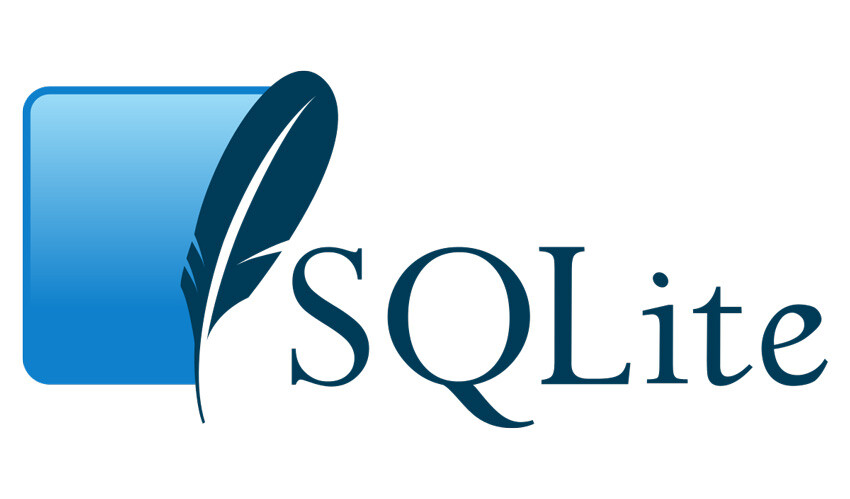
Introduction
The SQLite database is a wildly successful and ubiquitous software package that is mostly unknown to the larger IT community. Designed and coded by Dr. Richard Hipp, the third major revision of SQLite serves many users in market segments with critical requirements for software quality, which SQLite has met with compliance to the DO-178B avionics standard. In addition to a strong presence in aerospace and automotive, most major operating system vendors (including Oracle, Microsoft, Apple, Google, and RedHat) include SQLite as a core OS component.
There are a few eccentricities that may trip up users from other RDBMS environments. SQLite is known as a “flexibly-typed” database, unlike Oracle which rigidly enforces columnar datatypes; character values can be inserted into SQLite columns that are declared integer without error (although check constraints can strengthen SQLite type rigidity, if desired). While many concurrent processes are allowed to read from a SQLite database, only one process is allowed write privilege at any time (applications requiring concurrent writers should tread carefully with SQLite). There is no network interface, and all connections are made through a filesystem; SQLite does not implement a client-server model. There is no “point in time recovery,” and backup operations are basically an Oracle 7-style ALTER DATAFILE BEGIN BACKUP that makes a transaction-consistent copy of the whole database. GRANT and REVOKE are not implemented in SQLite, which uses filesystem permissions for all access control. There are no background processes, and newly-connecting clients may find themselves delayed and responsible for transaction recovery, statistics collection, or other administrative functions that are quietly performed in the background in this “zero-administration database.” Some history and architecture of SQLite can be found in audio and video records of Dr. Hipp’s discussions.
